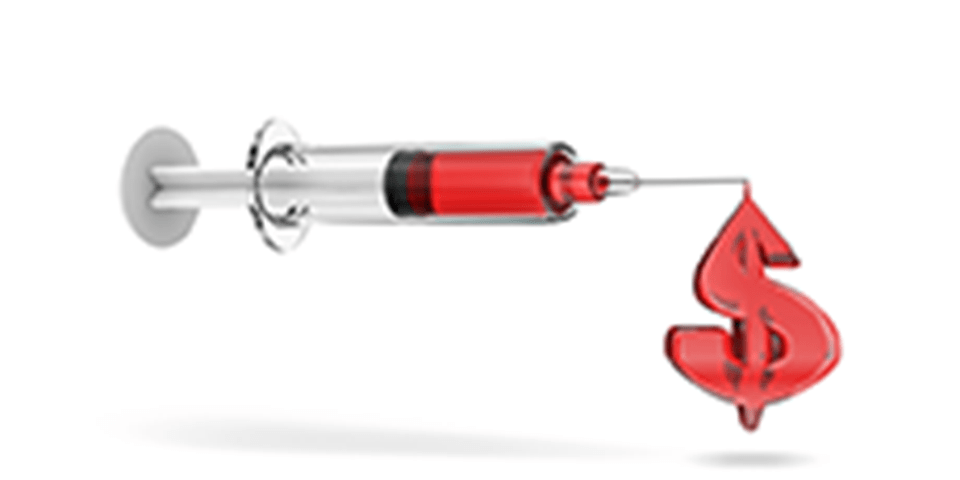More than $185 billion, or almost $7,500 per person, was spent on health goods and services in Australia during 2017-18, according to a new report by the Australian Institute of Health and Welfare (AIHW).
The report, ‘Health expenditure in Australia 2017-18’, reveals spending per person decreased by 0.4 per cent, the lowest yearly growth in a decade.
AIHW spokesman Dr Adrian Webster said: “Total health spending increased by $2.2 billion in 2017-18 to $185.4 billion in constant prices. This was a 1.2 per cent increase on 2016-17 against a backdrop of 3.9 per cent average annual growth over the decade.”
The lower growth rate in 2017-18 is partly due to the inclusion of one-off capital expenditure on projects such as the new Royal Adelaide Hospital in the previous year. It is also a result of a previous spike in Australian government spending on new drugs to treat hepatitis C.
Spending on primary healthcare was $63.4 billion with more than half ($45.5 billion) on unreferred medical services ($12.7 billion), subsidised pharmaceuticals ($12.1 billion), dental services ($10.5 billion) and unsubsidised medications ($10.2 billion).
The release of the report on World Pharmacists Day attracted interest from the pharmacy community and the Pharmacy Guild was quick to point out it confirms pharmacists could play a greater role in alleviating some of the pressure on Australia’s health system,
The Guild’s Victoria Branch President, Anthony Tassone, said empowering pharmacists to practise to their full scope would lower healthcare costs for everyday Australians and provide better health outcomes for patients.
“This report demonstrates out-of-pocket costs for patients to access a GP could be significantly reduced by encouraging patients to see their pharmacist for common ailments,” he said.
The Guild says previous figures have shown more than half a million Australians have forgone seeing a doctor due to the cost, or the difficulty in getting an appointment – a number that will likely rise given the $38 million growth of GP out-of-pocket costs.
“In other countries, like the UK and Canada, pharmacists are playing a greater role in their health systems, helping reduce the cost for patients by up to $1 billion a year,” Mr Tassone said.
“Giving pharmacists a greater role to treat common ailments, issue repeat prescriptions for stable and ongoing conditions, and administer more vaccinations will provide better health outcomes and make accessing basic healthcare more affordable for Australian families.”
Mr Tassone noted the report showed one of the few areas where there has been improvement in affordability for patients was PBS-listed medication.
“Reform of the Pharmaceutical Benefits Scheme through successive Community Pharmacy Agreements with federal governments has helped more lifesaving treatments be listed and also reduce the amount patients are paying for medication, saving consumers $11 a year when compared with 2007-08,” he said.
“Better using pharmacists would also mean families don’t need to pay to see a doctor every time they need to top up their prescription, get their travel vaccinations or have an upset stomach, which would provide some relief to tight family budgets.”
Regular reporting of national health expenditure is important to understanding Australia’s health system and how spending relates to changes such as the ageing population, increased chronic disease prevalence, and medicinal and technological developments.
The full report can be accessed here.








